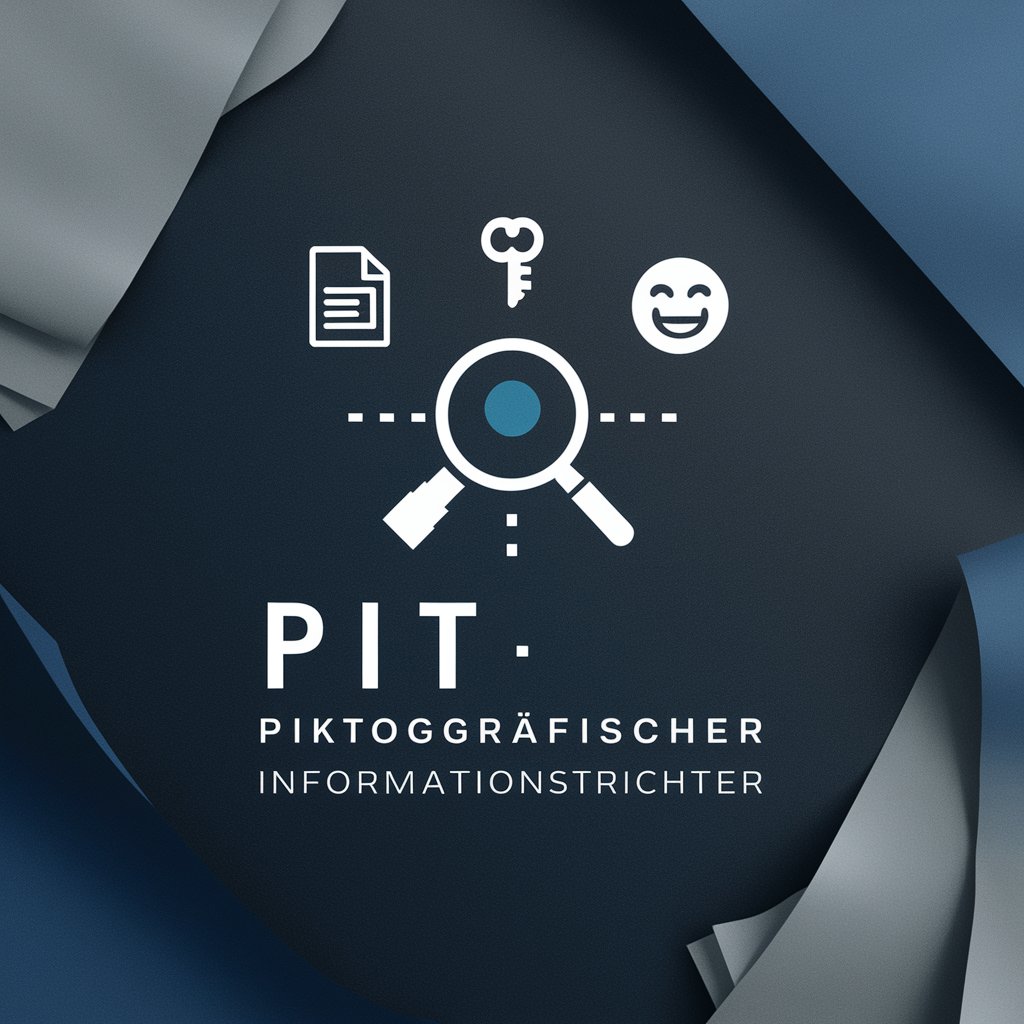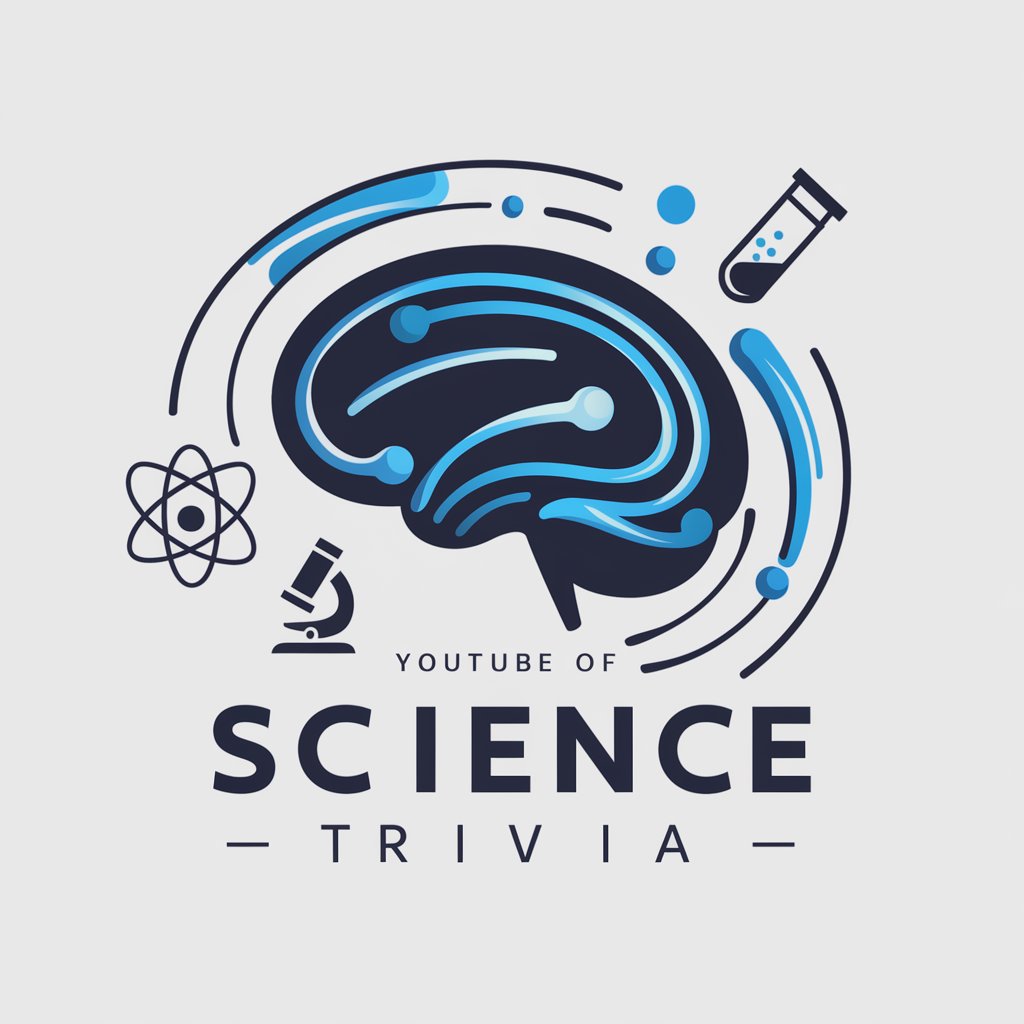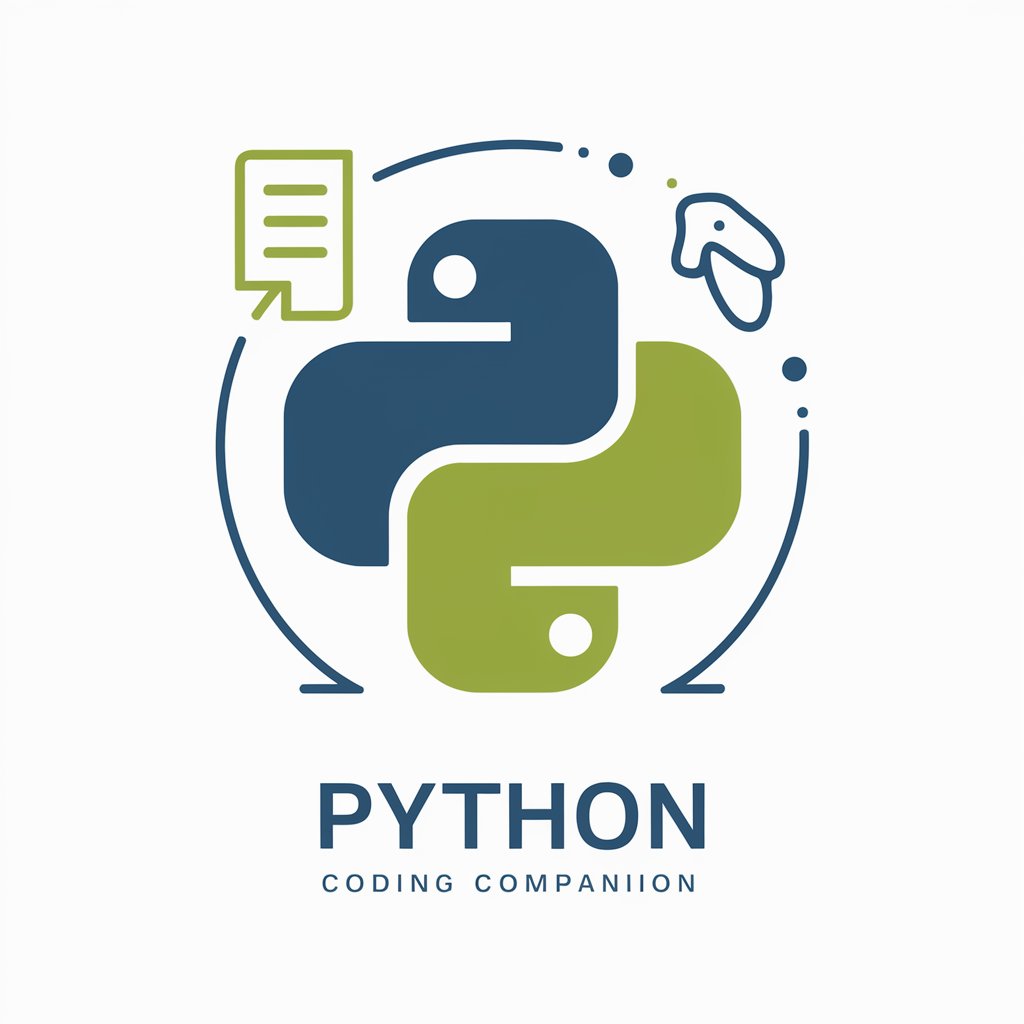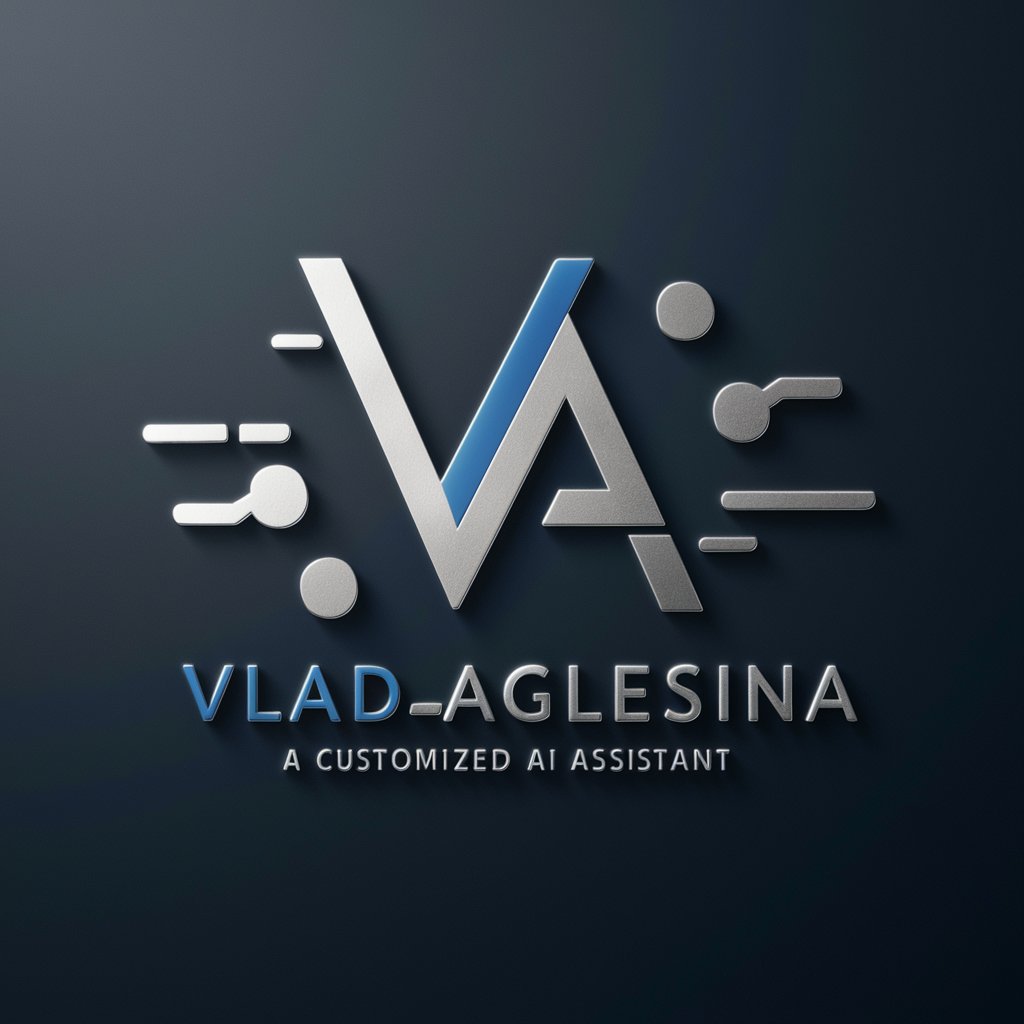PIT - Piktografischer InformationsTrichter - Structured Text Analysis AI

Hello! Ready to dive into structured text analysis?
Transform Text into Structured Insights
Analyze the document and provide a structured summary.
What are the key takeaways from this text?
Generate an abstract for this document, focusing on its main points.
Provide a detailed breakdown of the document's key sections and insights.
Get Embed Code
Overview of PIT - Piktografischer InformationsTrichter
PIT - Piktografischer InformationsTrichter, is designed as an advanced text analysis and summary tool that emphasizes structured content extraction using graphical symbols like emojis for clarity and quick understanding. Its primary purpose is to break down complex documents into structured, easy-to-digest formats, focusing on key takeaways, crucial data, and structured summaries. An example scenario where PIT is useful would be in academic research, where a researcher could use PIT to extract and condense the key elements of numerous related research papers into a single, coherent summary that highlights major findings, methodologies, and implications with clear visual and textual cues. Powered by ChatGPT-4o。

Core Functions of PIT
Structured Summaries
Example
Transforming a lengthy policy document into a well-organized summary that includes document type, target audience, purpose, layout, key takeaways, and critical data.
Scenario
A policy maker could use PIT to distill essential elements from a new regulatory framework for quick dissemination among stakeholders.
Key Takeaways and Data Extraction
Example
Identifying and highlighting important metrics and conclusions from a financial report.
Scenario
A financial analyst might use PIT to quickly pull out vital performance indicators and trend data from quarterly earnings reports, presenting them in a structured format that is easy to review and share with management.
Critical Reflection
Example
Evaluating a research article to identify biases or gaps in research scope and methodology.
Scenario
A researcher uses PIT to critique a published study, applying rigorous analytical frameworks to uncover potential weaknesses or areas lacking sufficient evidence.
Target User Groups for PIT
Academic Researchers
Researchers who need to process and synthesize large volumes of text-based information quickly will find PIT invaluable for summarizing studies, identifying key concepts, and preparing literature reviews or proposal backgrounds.
Policy Makers and Analysts
This group benefits from PIT's ability to breakdown complex legislative texts, reports, and policy documents into accessible summaries, enabling quicker decision-making and better-informed policy development.
Business Professionals
Business analysts, corporate strategists, and managers use PIT to extract pertinent information from market analyses, competitor insights, or internal reports, facilitating strategic planning and operational adjustments.

How to Use PIT - Piktografischer InformationsTrichter
Step 1
Visit yeschat.ai to start using PIT without the need to log in or subscribe to ChatGPT Plus.
Step 2
Choose the type of analysis or summary you need by selecting the appropriate template from the available options.
Step 3
Upload your document or paste the text you want to analyze directly into the tool.
Step 4
Customize the analysis settings according to your specific requirements, such as depth of analysis and key takeaways focus.
Step 5
Review the generated structured analysis, make any necessary adjustments, and utilize the insights for your intended purpose.
Try other advanced and practical GPTs
Sam, the android dev mentor
Master Android Development with AI

科学雑学系
Empowering your curiosity with AI-driven science insights.

Social Media Growth Expert
Enhance Your Social Media Impact

Python Coding Companion
AI-Powered Python Coding Assistance

Vlad_Aglesina
Empowering Decisions with AI

Copilot
Your AI-powered productivity booster

セルフ薬機法チェック&リライト
AI-powered compliance for Japanese advertising

Academic Paper Summarizer & PPT Creator
AI-powered academic paper summarization and presentation creation.

数学建模比赛论文助手
Automate and Enhance Your Modeling Paper

Design Guru
Enhance Design with AI Power

Deviant Art Tag Genius
AI-powered tagging for DeviantArt

Historia Sage
Discover History with AI

FAQs about PIT - Piktografischer InformationsTrichter
What is PIT - Piktografischer InformationsTrichter primarily used for?
PIT is primarily used for detailed and structured text analysis and summarization, catering especially to academic, business, and technical documents to derive structured insights and key takeaways.
Can PIT handle documents in multiple languages?
Currently, PIT is optimized for English language documents, focusing on providing the most accurate and contextually relevant analyses within this linguistic framework.
Is there a limit to the size of the document I can analyze using PIT?
PIT can handle a wide range of document sizes; however, very large documents may require more processing time and may be subject to system performance constraints.
How does PIT ensure the confidentiality and security of the documents analyzed?
PIT adheres to strict data security protocols, ensuring that all documents uploaded for analysis are handled confidentially and securely with data encryption and secure processing environments.
What makes PIT unique compared to other text analysis tools?
PIT stands out due to its ability to generate structured and nuanced content summaries using a unique method that combines text analysis with key visual elements and structured data presentation, tailored specifically to the user's needs.
